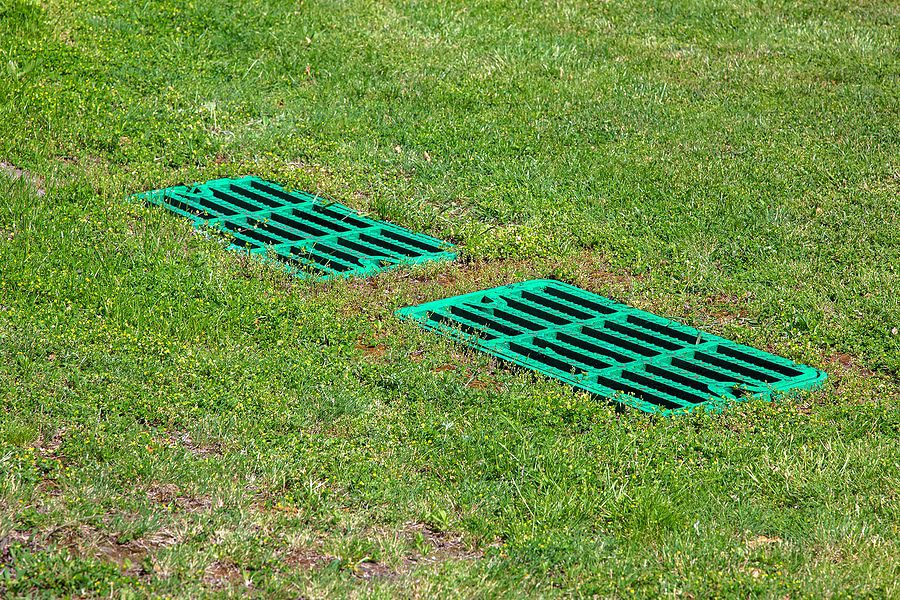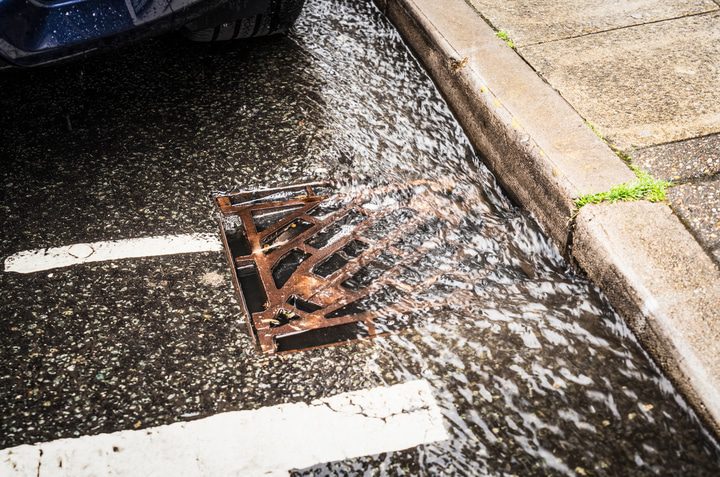How Does a Catch Basin Work? Plumbers Reveal the Truth
Catch basins are crucial for managing stormwater and preventing flooding in urban and suburban areas.
You’ve likely seen them on streets or parking lots, but do you know how they work?
In this article, we’ll explain their function, components, and the importance of maintaining them for long-term efficiency in managing water runoff.
How does a catch basin work?
A catch basin works by capturing debris and water runoff. The water flows into the basin, which filters out large debris before sending the water through underground pipes to storm drains.
Key Takeaways
- Catch basins collect and filter stormwater runoff to prevent flooding and ensure clean water flows into the drainage system.
- They are designed to capture debris and sediment, which could otherwise clog stormwater pipes.
- Regular maintenance of catch basins is crucial to ensure optimal performance and prevent blockages that lead to flooding.
What Exactly is a Catch Basin?
Before diving into how catch basins work, let’s first define what they are. A catch basin is a key component of stormwater management systems.
Typically located at the lowest points of streets, parking lots, and other paved areas, catch basins are designed to collect rainwater and direct it into a drainage system.
Catch basins consist of an underground chamber that receives water runoff and filters out debris before the water flows into larger stormwater systems, often through pipes or channels.
1. Structure of a Catch Basin
A catch basin typically consists of the following parts:
Grate: This is the top opening of the catch basin, usually made of metal or concrete, designed to allow water to flow in while keeping larger debris, such as leaves or trash, out.
- Inlet Pipe: The inlet pipe directs water into the catch basin, ensuring the flow of water into the system.
- Sump: The sump is the lower section of the catch basin where sediment, leaves, and other debris are collected. The sump acts as a filtration area.
- Outlet Pipe: This pipe allows the filtered water to exit the basin and flow into the larger stormwater system.
How Do Catch Basins Work to Manage Water?

Catch basins work in a multi-step process that helps manage stormwater runoff and keeps cities and properties safe from flooding. Here’s how they function:
1. Water Enters the Catch Basin
During rainfall or snowmelt, water flows from streets and surrounding areas into the catch basin.
Stormwater naturally follows the path of least resistance, which is why catch basins are placed at the lowest points on the street or property.
Water can come from rooftops, driveways, streets, or parking lots.
2. Grate Filters Larger Debris
The water entering the catch basin flows through a grated opening that acts as a filter. The grate allows water to pass through but catches larger debris such as leaves, twigs, trash, and dirt.
This prevents these materials from entering the drainage system, where they could cause blockages and disrupt water flow.
3. Sediment Settles in the Sump
Once the water flows into the basin, the sump at the bottom collects sediment, dirt, and smaller debris.
This is important because stormwater often carries fine particles that could eventually clog the drainage system.
The sump traps these particles, allowing the water to flow out relatively clean, while retaining the debris.
4. Water Moves into the Stormwater System
After the water has filtered through the catch basin and settled out some of the debris, the remaining water flows into the outlet pipe.
The outlet pipe directs the water into the broader stormwater drainage system. In some systems, the water may be further filtered or treated before being discharged into nearby rivers, lakes, or the ocean.
The Importance of Catch Basins in Stormwater Management
Catch basins are not just a practical solution for water drainage; they offer several significant benefits to communities and the environment. Here’s why they matter:
1. Flood Prevention
The primary function of a catch basin is to prevent flooding by ensuring that stormwater is diverted efficiently from streets and properties into drainage systems.
Without these basins, roads would quickly become inundated with water, causing dangerous flooding.
For example, during heavy rainfall in California, if stormwater was allowed to flow unchecked, streets could flood, causing damage to homes, cars, and infrastructure.
Catch basins help mitigate these risks by efficiently managing water flow.
2. Water Quality Protection
Catch basins help protect water quality by trapping pollutants like oil, trash, and other contaminants before they enter natural water systems.
Clean water management is critical to prevent water pollution and protect the environment.
Without catch basins, pollutants would flow directly into rivers, lakes, and oceans, harming wildlife and ecosystems.
3. Erosion Prevention
When stormwater is not properly managed, it can lead to erosion of soil and landscapes, especially in areas with heavy rainfall.
Catch basins reduce the impact of stormwater runoff by preventing excess water from flooding areas, which could otherwise carry soil and cause erosion.
Types of Catch Basins

There are various types of catch basins designed for different environments. Here are the most common types:
1. Standard Catch Basins
These are the most common catch basins found in urban environments. They are typically used in areas with low traffic and standard water runoff requirements.
2. Deep Sump Catch Basins
These are designed for areas where large volumes of debris are expected.
The deeper sump allows for more sediment to be collected, making them ideal for residential areas or spaces with significant leaf coverage.
3. Curb Inlet Catch Basins
This type of catch basin is placed directly in the curb, making it a perfect choice for streets or parking lots where water runs off the curb.
These basins typically allow water to flow from a broader area and are used in high-traffic zones.
4. Stormwater Treatment Catch Basins
In areas with stricter environmental regulations, stormwater treatment catch basins come equipped with filters or treatment systems designed to remove contaminants from the water before it enters natural bodies of water.
Frequently Asked Questions
1. What is the purpose of a catch basin?
A catch basin is designed to collect stormwater runoff and debris before it enters the stormwater system. It helps prevent flooding, property damage, and pollution by directing water away from critical areas.
2. How often should I maintain my catch basin?
Catch basins should be inspected and cleaned at least twice a year, or more frequently if there is a lot of debris, leaves, or trash in the area. Regular maintenance ensures that the system functions properly.
3. Can a catch basin prevent flooding?
Yes, catch basins help manage water runoff and prevent flooding by directing water into the drainage system. However, regular cleaning and maintenance are essential to ensure that the system continues to work effectively.
Conclusion
Catch basins are an integral part of stormwater management, playing a crucial role in flood prevention, water quality protection, and environmental preservation.
These systems are designed to filter out debris and pollutants, directing water into stormwater systems and preventing blockages that could cause flooding or infrastructure damage.
To keep your catch basin working efficiently and prevent water-related problems around your property or street, regular inspection and maintenance are essential. Whether you need catch basin cleaning services in Miramar or catch basin cleaning services in Kendall, staying on top of routine care goes a long way in avoiding costly drainage issues.
